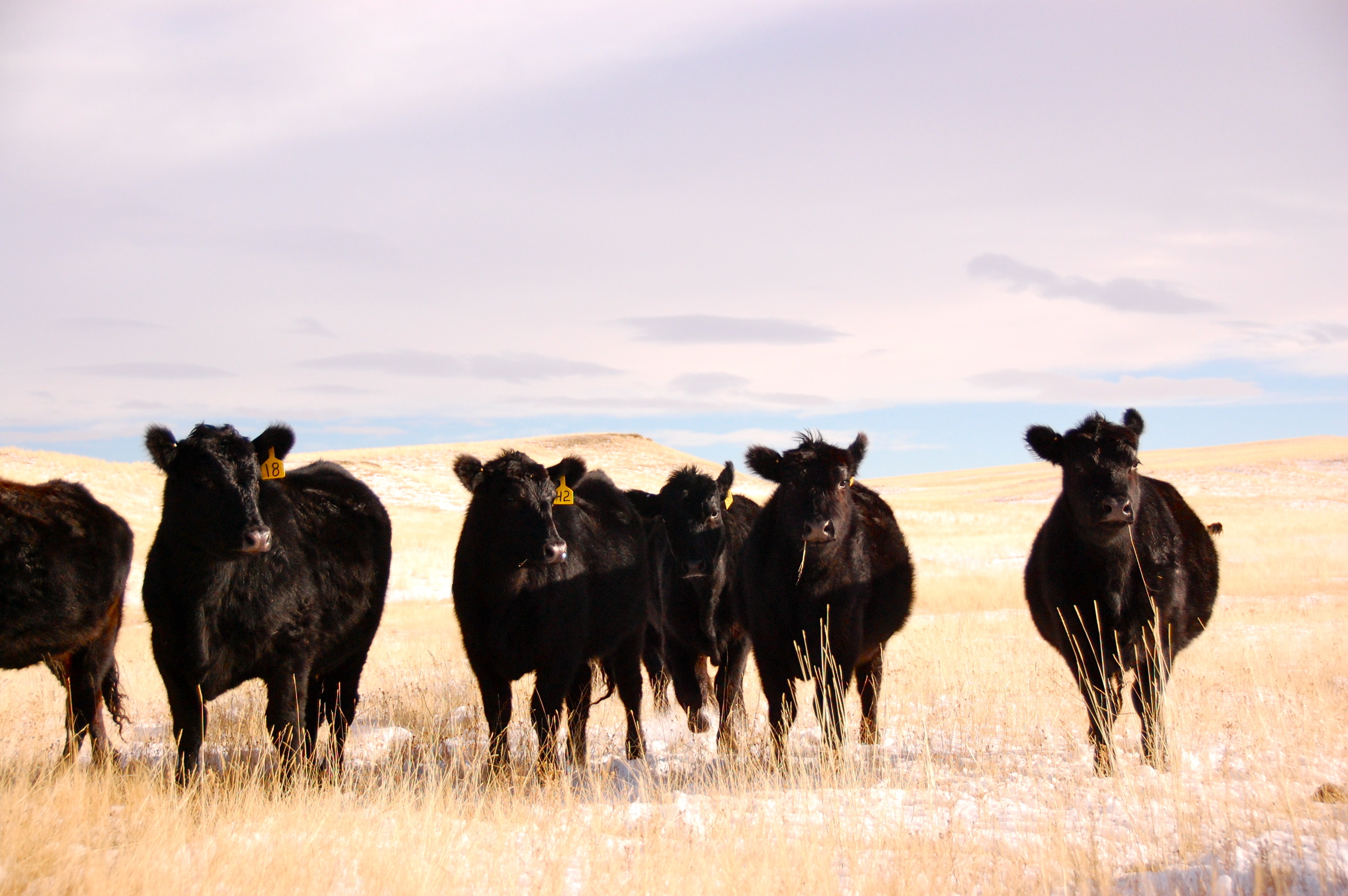1031 Exchange
The 1031 exchange is one of the most powerful wealth-building tools available for folks selling highly appreciated real estate.
The Section 1031 exchange rules allow you to defer indefinitely -- or possibly eliminate -- capital gain taxes on the proceeds from your ranch or farm sale by exchanging into other like kind property. This may enable you to generate more income because the money that would have gone to taxes can instead be invested and put to work for you.
Additionally, under current law (2018), the deferred tax liability may be eliminated entirely when you die – meaning that your heirs would never have to pay the tax you had deferred. Instead, they would inherit the property at its fair market value at the time of your death and the property’s tax basis would be “stepped up” to that current value. If your heirs later chose to sell the property, they would pay tax only on any gains above the new, stepped up basis.
Therefore, a 1031 exchange may significantly improve your retirement income and increase the estate your heirs eventually inherit.
We will help oversee your 1031 exchange -- along with your CPA and qualified intermediary -- and locate high-quality investment property for you to exchange into. We are intimately familiar with this tax-saving tool, and know how to manage the inherent risk of an exchange with wise timelines, back-up properties and other strategic steps.
The definition of like kind property is broad. It basically means that any real property held for investment purposes or used in a trade or business -- like a ranch business -- can be exchanged for any other real property held for investment purposes or used in a trade or business.
1031 Exchange Example
A husband and wife, both aged 60 with an average life expectancy of 80, sell ranch land in Montana with virtually no tax basis and no debt for $4 million. Using current capital gain tax rates (20% federal, plus 3.8% Medicare surtax and approximately 5% for Montana state tax), and ignoring any potential alternative minimum tax, depreciation recapture or other tax effects, the capital gains tax on the sale will be approximately $1,150,000 ($4 million x 28.8%) if no tax deferral strategies are used.
Now, let’s assume this couple instead elects to exchange the entire $4 million of the sale proceeds, as their cash needs are satisfied from the sale of livestock and equipment. By exchanging the entire amount, they owe no tax – saving them $1,150,000.
Thus, they can now put the entire $4 million to work for them, reinvesting into high-quality commercial real estate. Let’s assume that they invest in commercial real estate paying a 6% cash flow return, giving the couple $240,000 of annual income. (That’s $69,000 more income each year than if they had paid the tax and had only $2,850,000 to invest in commercial real estate.)
Let’s further assume that their ranch operation was yielding a 2% return on equity, providing them with annual net cash flow of $80,000 ($4 million x 2%). Exchanging property generating a 2% return on equity into property generating a 6% return increases the couple’s annual cash flow before income taxes by $160,000 ($4 million x 4%). Thus, they are earning $160,000 more each year in retirement than they earned by working the ranch.
Over the long term, the 1031 exchange may also enable them to leave a larger estate for their heirs. By investing the tax savings, and assuming an annual compound return of 7% (cash flow plus appreciation) on the commercial real estate they purchased with those savings, their $1,150,000 of tax savings could grow to become $4,450,137 (pre-tax) in 20 years.
Thus, the 1031 exchange can improve the couple’s income each year of their retirement and also create a larger estate for the couple’s heirs. To learn more about the 1031 exchange and its many benefits, please refer to our Straight Talk guide, "Using a Section 1031 Exchange When Selling a Farm or Ranch."
Please note: The purpose of this example is to show the differences in future cash flow and future value from an outright sale versus a 1031 exchange. For simplicity, the example shows an exchange of the entire sale amount. However, each investor’s situation is unique, and it may be prudent to take some cash out of the sale instead of exchanging all of it. Also, this example shows the purchase of just one commercial property. We generally advise diversifying into more than one property when feasible.
We've provided the information above for general educational purposes only. It is not intended as specific tax or legal advice. Please consult your tax advisor for specific advice regarding your particular situation.






